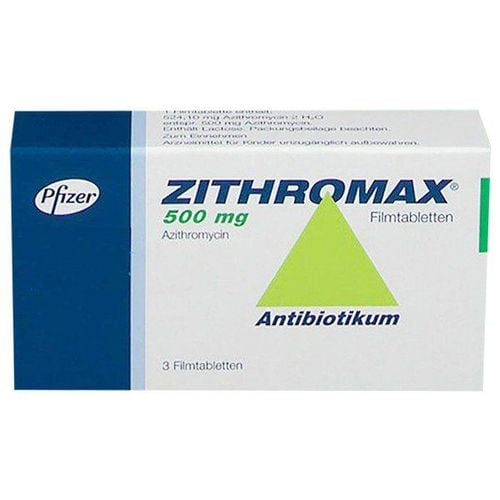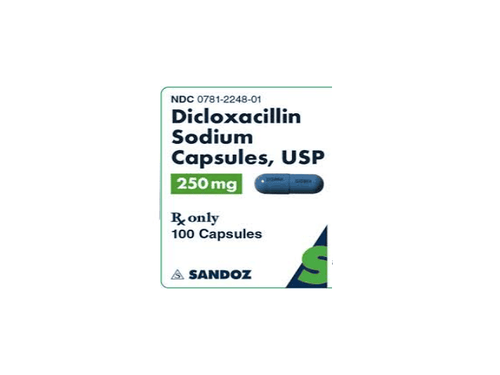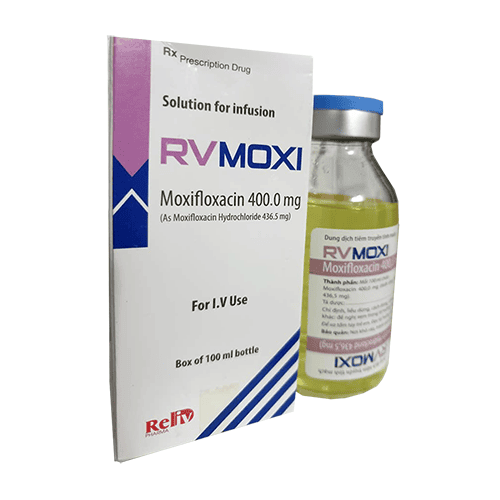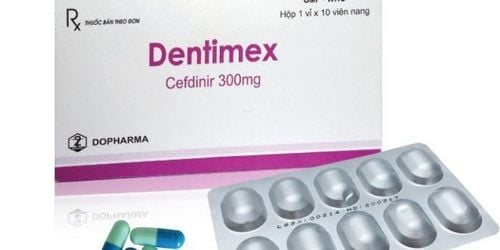This is an automatically translated article.
The article is professionally consulted by Master, Doctor Nguyen Huy Nhat - Department of Medical Examination & Internal Medicine - Vinmec International General Hospital Da Nang.Community-acquired pneumonia is a common respiratory infection that can progress to severe local and systemic complications or even death. Early diagnosis and treatment of community-acquired pneumonia, killing the right cause of the disease will help avoid unfortunate complications for the patient.
1. Diagnosis of community-acquired pneumonia
1.1 Definitive diagnosis The disease has a sudden onset, with favorable factors for pneumococcal pneumonia such as splenectomy, immunosuppression, chronic alcoholism, sickle cell disease; Having chills and high fever 39°C - 40°C. Chest pain is sometimes very prominent. Cough and expectoration of rust-colored sputum or green sputum, purulent sputum, dry lips, dirty tongue, elevated blood white blood cells. Pulmonary consolidation syndrome: dull percussion, increased vocal chords, decreased alveolar murmurs, tube murmurs; Standard chest x-ray shows: Alveolar filling syndrome, pleural effusion or thick interlobular fissure may be present. Nodular, opacified reticular lesions suggest atypical bacterial pneumonia. However, radiographs are not specific for the etiology. If pneumonia is suspected, your doctor may recommend the following tests:Blood tests: Blood tests are used to confirm an infection and try to identify the type of organism causing the infection. However, accurate identification is not always possible; Chest X-ray: This helps the doctor diagnose pneumonia and determine the extent and location of the infection. However, this method cannot tell the doctor which germ is causing the pneumonia; Sputum test: A sample of fluid from your lungs (sputum) is taken after a deep cough and analyzed to help determine the cause of the infection. Your doctor may order additional tests if you are over 65 years old, are in the hospital, or have severe symptoms. These may include:
CT scan: If your pneumonia is not as clear as expected, your doctor may recommend a chest CT scan to get a more detailed picture of your lungs; Pleural fluid culture: A sample of fluid is obtained by placing a needle between your ribs from the pleural area and analyzed to help determine the type of infection.
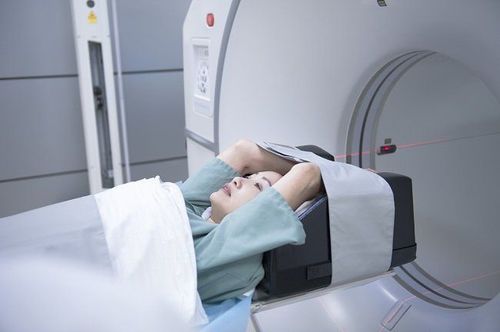
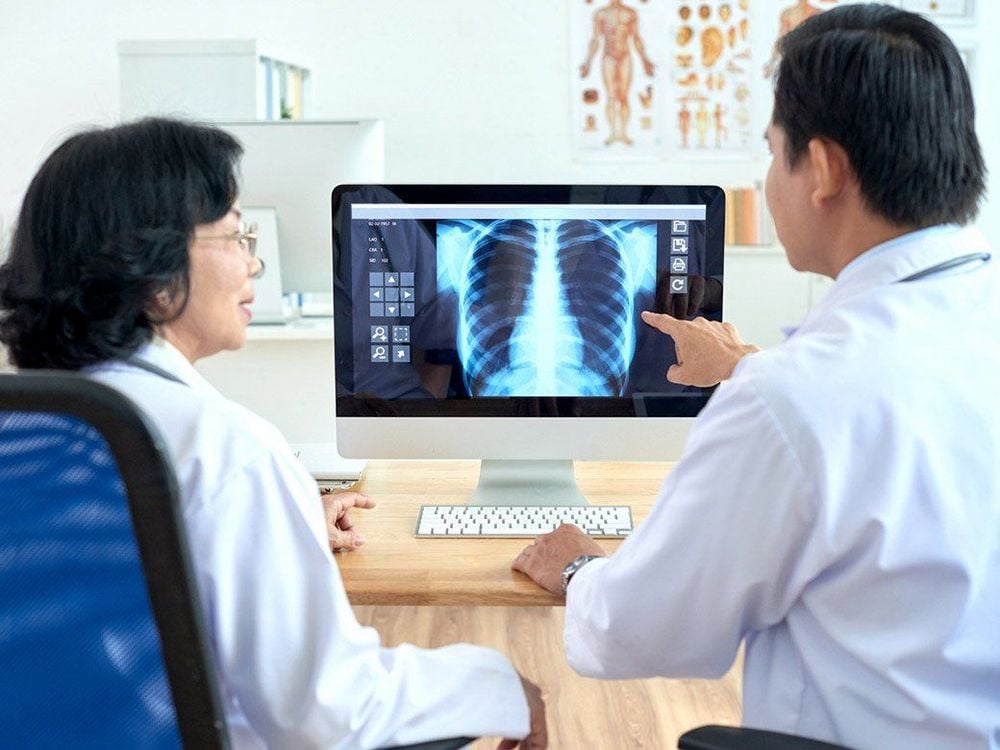
2. When is community-acquired pneumonia hospitalized?
You may be hospitalized if you have the following:Over 65 years old; Renal function decline; Systolic blood pressure less than 90 mmHg or diastolic blood pressure equal to or less than 60 mmHg; Very rapid breathing (30 breaths or more a minute); Need respiratory support; Body temperature below normal; Heart rate below 50 or above 100.
3. How to treat community-acquired pneumonia?
3.1. Principles of treatment Early antibiotic treatment for patients with bacterial pneumonia; Use antibiotics that are effective against the cause of the disease, paying attention to the drug resistance of local bacteria; Pay attention to the history of drug allergies, drug interactions; Usual antibiotic time is about 10 days, except for some special cases; Strictly follow the principles of pharmacodynamics and pharmacokinetics of antibiotics. For time-dependent antibiotics, it is necessary to maintain high blood concentrations for a long time to ensure bactericidal effectiveness.
Specific treatment depends on the type and severity of pneumonia, your age and overall health. Options include:
Antibiotics: These drugs are used to treat bacterial pneumonia. Use empiric antibiotics, then wait for the results of the antibiogram and treat according to the results of the antibiogram; Fever reducer/pain reliever: You can take these as needed to reduce fever and discomfort. These include medications such as aspirin, ibuprofen (Advil, Motrin IB, others), and acetaminophen (Tylenol, others). 3.3 Treatment at home Get plenty of rest: Do not return to school or work until your body temperature returns to normal and you stop coughing up mucus; Stay hydrated: Drink plenty of fluids, especially plain water, to help loosen mucus in the lungs; Take medication as prescribed: Strictly follow the entire course of treatment prescribed by your doctor. If the medication is stopped too soon, the bacteria in the lungs can continue to multiply and cause pneumonia to return. Doctor Nguyen Huy Nhat has many years of experience in the field of respiratory disease treatment at Hue Central Hospital, Hoan My General Hospital, .. before being a doctor of General Internal Medicine Department of National General Hospital. Vinmec Danang International.
If you notice any unusual health problems, you should visit and consult with a specialist.
Please dial HOTLINE for more information or register for an appointment HERE. Download MyVinmec app to make appointments faster and to manage your bookings easily.





